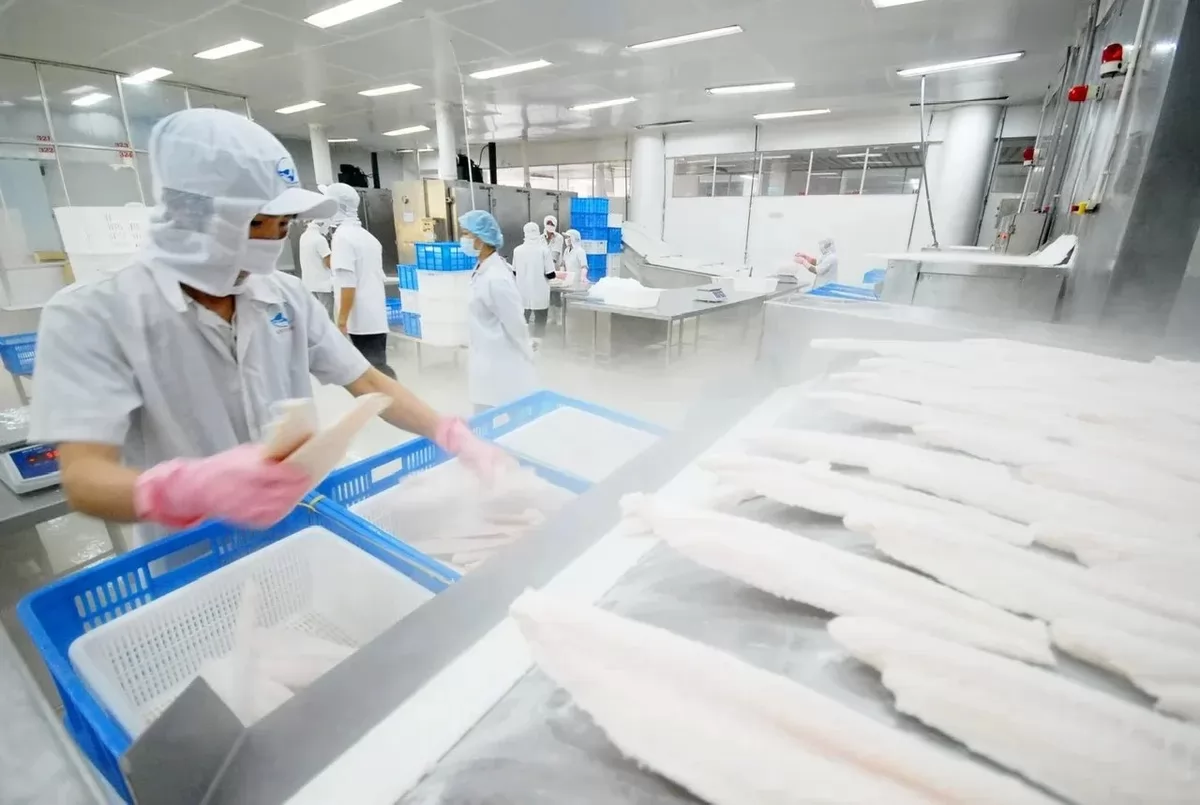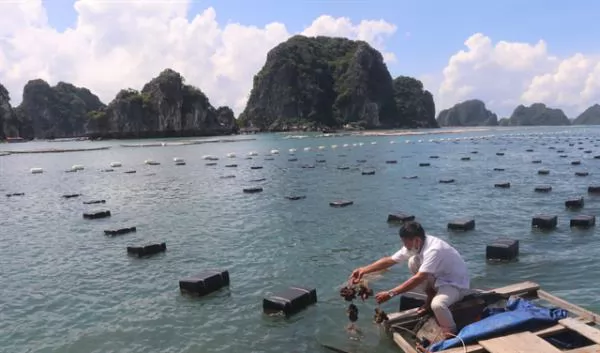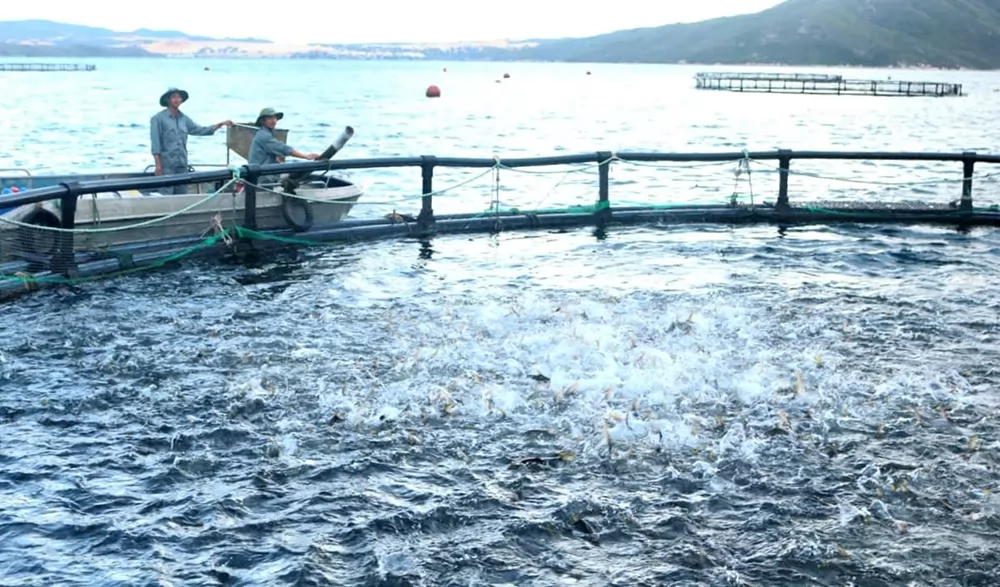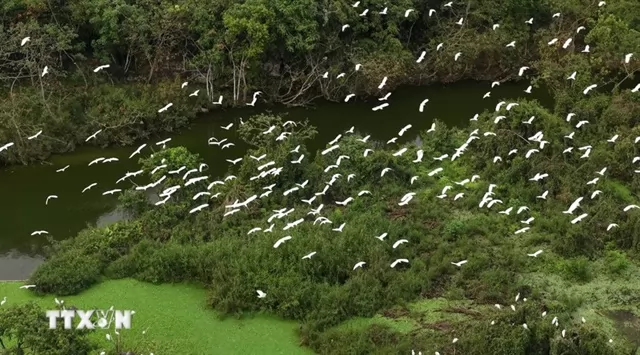Vietnam enters the top 4 seafood export partners in Singapore

Vietnam is currently the fourth-largest seafood supplier to the Singapore market. Photo: Hong Tham.
(VAN) Vietnam is currently the 4th-largest seafood supplier to Singapore with the highest market share in the chilled/frozen fish fillet and fish meat segment.
The Vietnam Trade Office in Singapore, citing statistics from the Accounting and Corporate Regulatory Authority of Singapore, reported that Singapore’s total seafood import value from global markets in the first three months of 2025 reached nearly SGD 283.6 million (1 SGD = 0.76 USD), a slight increase of 1.1% compared to the same period in 2024.
Seafood consumption demand in the Singapore market is relatively evenly distributed across four main categories: fresh/chilled fish (excluding fish fillet and fish meat), frozen fish (excluding fish fillet and fish meat), chilled/frozen fish fillet and fish meat, and crustaceans (whether processed or unprocessed). In the first three months of 2025, the import value of each group exceeded SGD 50 million (around SGD 17 million/month).
In addition to the four main categories, statistical data also shows that Singapore’s market has a demand for imports of live fish; processed fish; molluscs (whether processed or unprocessed); and other aquatic invertebrates (excluding crustaceans and molluscs), whether processed or unprocessed.
Vietnam is now the fourth-largest seafood supplier to the Singapore market, holding the highest market share for the chilled/frozen fish fillet and fish meat category. This is the first time Vietnamese seafood has entered the top four exporters to Singapore, following Malaysia, Indonesia, and Norway.
To support Vietnamese seafood businesses in finding and expanding alternative markets to the U.S. — which has been impacted by tariff issues — the Vietnam Trade Office in Singapore held a meeting with the leadership of the Vietnam Association of Seafood Exporters and Producers (VASEP) in early April 2025.
At the meeting, both sides agreed to continue collaborating in providing market information; connecting seafood businesses between Vietnam and Singapore; strengthening trade promotion activities; participating in seafood fairs and exhibitions in Singapore; and increasing the presence of Vietnamese goods in Singapore to help businesses seek new partners and expand the market share of Vietnamese seafood products there in the coming time.
The Trade Office also assessed that in the near future, Singapore’s seafood import market size is expected to remain stable, and Vietnam is likely to continue maintaining a strong market share, especially in the chilled/frozen fish fillet and fish meat segments.
The Vietnam Trade Office in Singapore recommends that Vietnamese seafood businesses prioritize maintaining good product quality control, regularly updating local regulations, refining product packaging designs, and enhancing product quality and productivity to increase competitiveness against products from other countries in the region.
Author: Hong Tham
Translated by Hoang Duy
Maybe you are interested

Pacific oysters: a Quảng Ninh speciality
HÀ NỘI — Quảng Ninh Province is a worldwide famous tourism destination known for its spectacular natural landscapes, culture, and seafood.

High-tech mariculture: unlocking potential, overcoming challenges
Khanh Hoa Province is rapidly transitioning to high-tech marine aquaculture to adapt to climate change and enhance the value and output of its seafood.

Thung Nham Bird Park sets example in bird conservation
Known as the “land of birds,” Thung Nham Bird Park, situated within the Thung Nham Ecotourism Area in Ninh Bình Province...





